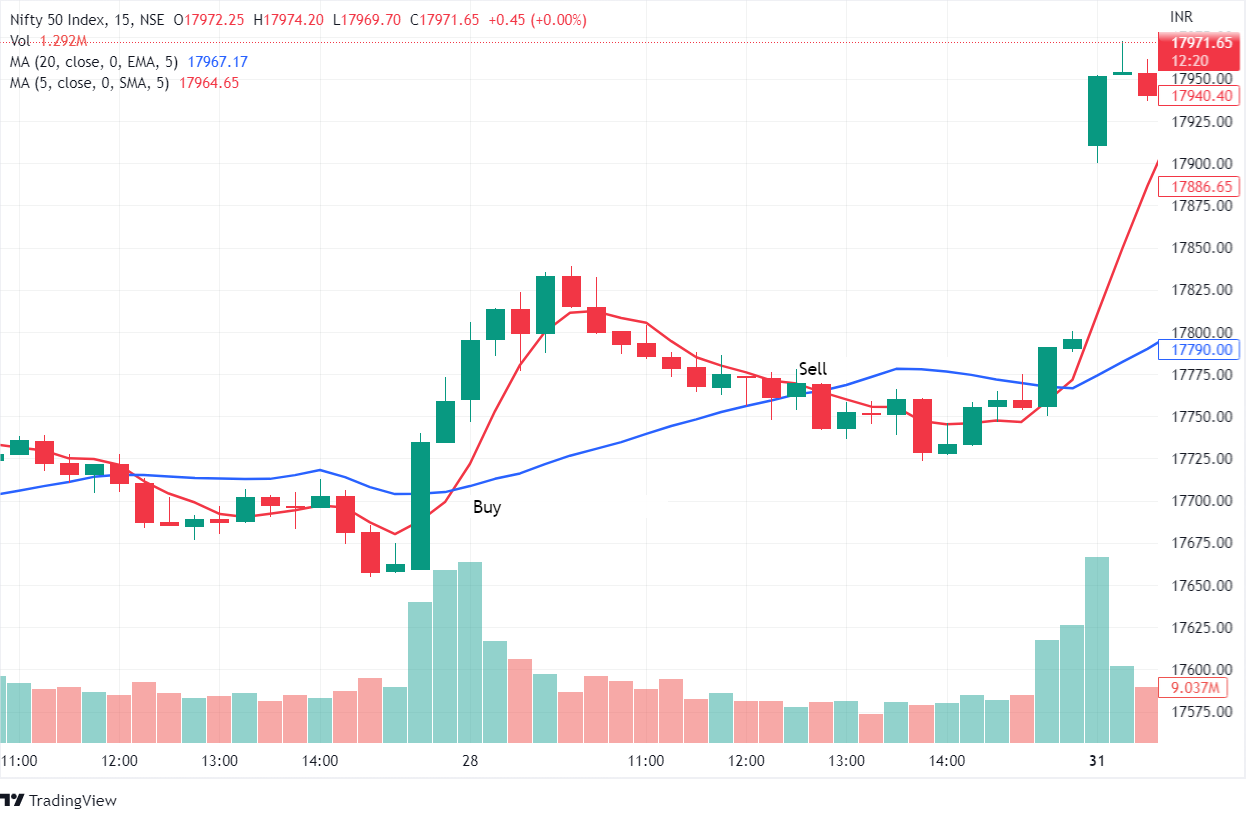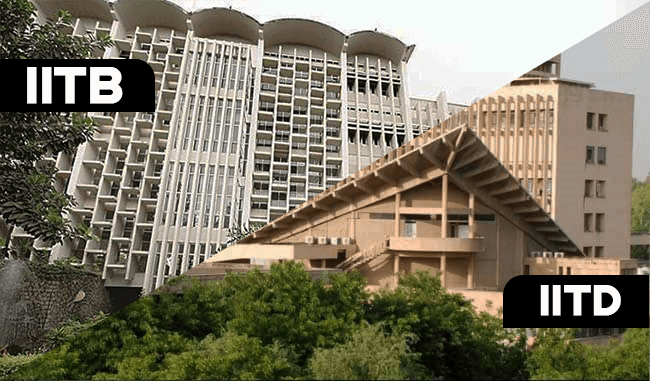Since 2019, college enrollment has been declining at a steeper rate than at any point this century. Colleges have begun adapting to this by rethinking their tuition fees, program material, and transfer acceptance criteria.
Why Is College Enrollment Going Down?

The three main reasons why the United States is seeing this almost unprecedented drop in college enrollments are the impact of the COVID-19 pandemic, a falloff in birth rates, and a new skepticism among prospective students about the value of a college degree.
COVID-19
The COVID-19 pandemic and its effects on the economy have created an unusual economic situation. In history, enrollment rates have had an inverse correlation with economic strength, where downturns in the economy lead to more people going to college to improve their job prospects.
COVID-19 caused significant damage to the economy, but in such a way that people do not view a new degree as a solution.
This is due to many factors, among them:
- The almost overnight jump in unemployment rates,
- Low-wage sectors being disproportionately affected,
- Uncertainty about a timely recovery,
- Remote work acceleration,
- And the skyrocketing gig economy.
Birth Rates
Birth rates have been going down for a few decades, and with a roughly two-decade delay, any drops in births will mean an equivalent drop in the pool of the most targeted demographic of potential applicants. This problem is likely to worsen in the years to come since the last recession saw an even sharper drop in birth rates than the years that preceded it.
Skepticism
Americans are seeing the value of attending college less and less. This is manifesting from two sides:
- On one side, people no longer predominantly believe that a college degree will improve their job prospects and potential for future earnings, diminishing the pull factor for education.
- On the other, the debt that one often has to accrue to attend college is viewed far more negatively than before.
What Are Colleges Doing To Attract Students?
To prevent this downward slope from continuing, which would mean the closure of many academic institutions, colleges have begun to adapt by reconsidering how much they charge for tuition, what programs they offer, and to what extent they are willing to accept transfer credits.

Tuition Fees
If a student or their family can pay for college, it is usually a complicated affair or one that has taken decades of preparation. For example, 529 savings plans are eligible for students the day they are born! Most families will see a significant tightening as they start to pay for a child’s college tuition.
If they are not able to pay for college, then student loans need to be taken, and with fees as high as they are, this leads to notable financial hardship for a very long time after graduation, especially with the poorer job prospects that degrees offer.
In the past two years, we have seen several states keep their tuition levels steady rather than increase them as has been customary. A few institutions have gone a step further and begun lowering the costs of tuition, some by an entire 30 percent.
Although the issue is complex, this lowering of fees responds to a simple economic principle: higher costs lead to decreased demand, so lowering costs can increase demand.
Relevant Education Programs
The reputation that colleges once had of being a clear road to a better job and a higher salary is fading fast.
Although a correlation still exists between the level of an American’s education and their income, colleges have begun recognizing that they offer a lot of programs and teach a lot of material that is not relevant to succeeding in the workforce.
Colleges are adapting to this by adjusting their courses to offer a lot more demonstrable value. Disciplines like health and environmental science are being given far greater focus, and competency-based learning models have begun to be floated as an idea to offer practical solutions to students both in terms of how the material is learned and how they can incorporate it into their daily lives.
Acceptance of Credits
A decrease in new enrollment does not have to mean an immediate decrease in transfers. A lot of colleges have been attempting to fill out their numbers by competing for students from other universities. These can either be students who are relocating or those that have a partially completed degree that they are considering finishing.
The once byzantine and restrictive transfer criteria are being simplified and broadened so that more current and former students from more colleges across the country can enroll in a college without fear of losing credit for the work they had already completed.
Final Thoughts
We have learned today that even though college enrollment is seeing a steeper decline than they have seen in many decades, colleges are recognizing the permanency of this trend and are adapting to it by changing their policies on tuition, external credits, and the programs that they offer.








